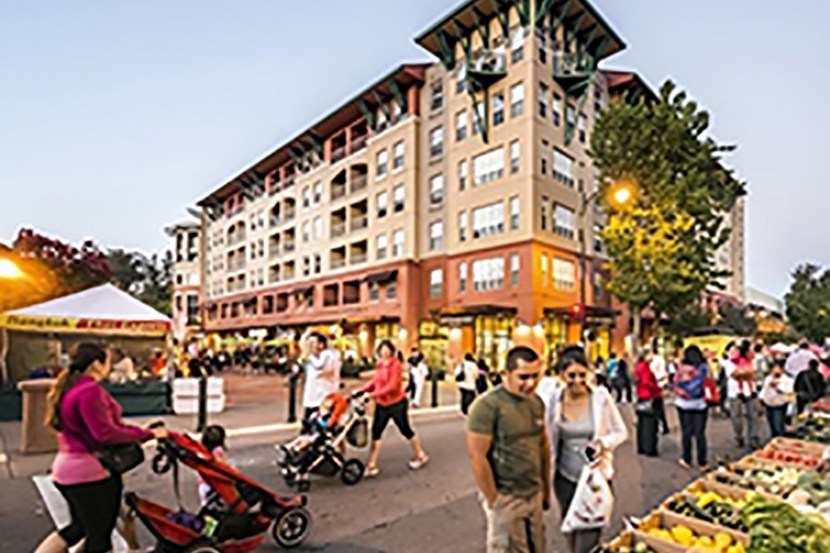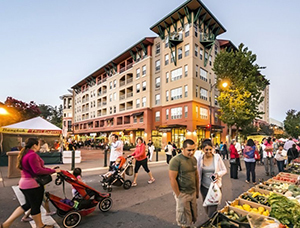
‘Creative Placemaking’ Can Revitalize Communities, Boost Developer Returns

The Urban Land Institute, Washington D.C., said integrating the arts with good design can spark a creative culture in real estate projects, revitalize communities and boost financial and other return on investment measures for developers.

Courtesy of NorthMarq
ULI’s Creative Placemaking: Sparking Development with Arts and Culture report covers best practices about how to plan, finance, implement and manage development projects. It includes case studies to illustrate successful “creative placemaking” across diverse project types and in U.S. cities of various sizes, economic conditions and geographic locations.
“As cities struggle to rebuild and come back from pandemic devastation–economic, social and physical–creative placemaking is perhaps our most powerful tool for renewal,” said Citiventure Associates President Marilee Utter, who co-wrote the report. “Using culture as a foundation reinforces inclusivity, equity and authenticity to the local community, and the result is a highly marketable approach that naturally attracts both public and private partners.”
Utter noted the publication includes details and “how-to’s” for developers seeking to create places that thrive and endure.
The report addresses how to start creative placemaking in real estate development, who should be involved, when to engage artists, what skills are needed and how to finance the project.
“Creative placemaking in real estate development is important now, more than ever, in this time of COVID-19 and racial unrest,” said report co-author Juanita Hardy, Managing Principal with Tiger Management Consulting Group LLC, Silver Spring, Md. “Creating places inspired by art and culture provide common ground for connection, inspiration and healing. We can be reminded, for example, through artfully designed lighting and signage to keep ourselves and others safe while socially connecting in a COVID-responsible way. Places that reflect its cultural and historic relevance can inform, inspire and promote healing, especially among the disenfranchised. These become sought-after places that attract people, promote the local economy and help to build brand.”
